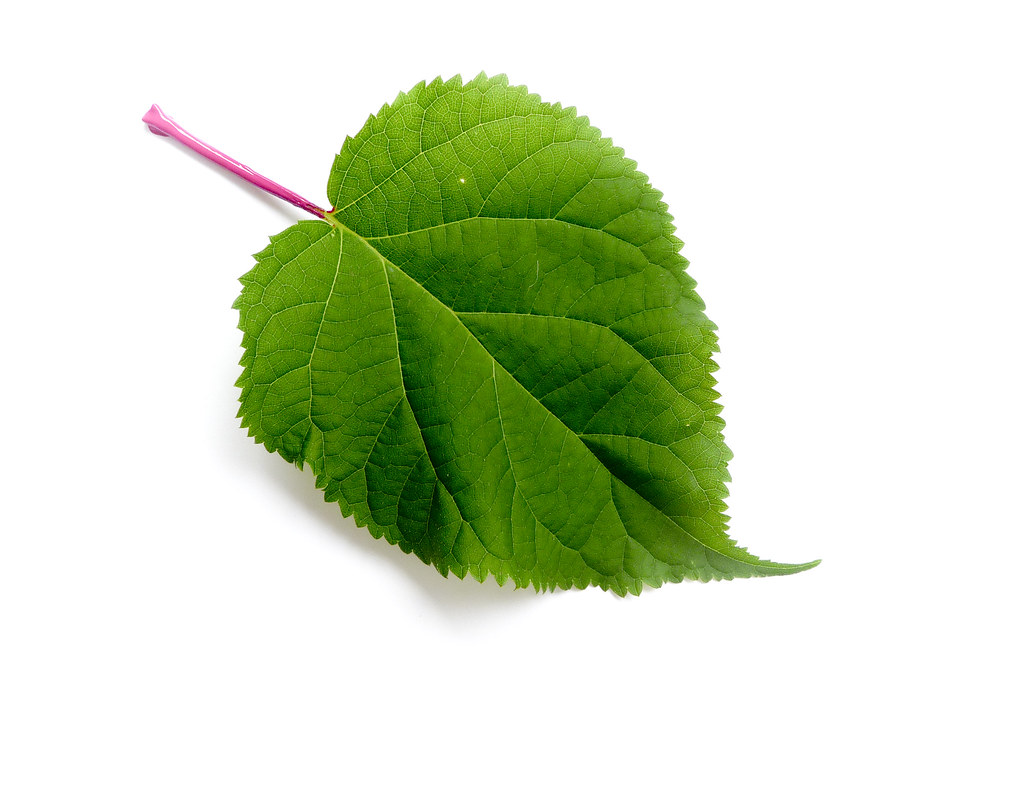Is Leave In Conditioner A Heat Protectant - Your Hair's Shield
Many people think about their hair. They want it to look good. This is especially true when they use hot tools. You might ask yourself, "Is leave in conditioner a heat protectant?" This question comes up often. It makes a lot of sense, too. We put these products in our hair. They make it feel softer. They make it look better. So, we hope they do more. It's just natural, really.
Hair can get quite tired from hot tools. Things like flat irons, curling wands, and even blow dryers cause this. That strong warmth, you know, it changes the hair's inner make-up. Hair can feel dry. It can look dull. Sometimes, it even breaks. So, finding ways to keep your hair safe from this trouble is, like, a big deal. Anyone who cares about hair health thinks about it.
Leave-in conditioners usually help with tangles. They also add some wetness. They stay in your hair. They do their work all day. This is why folks often wonder if they also guard against heat. This article will show what these products do. It will also explain what real heat protection means for your hair. You can then pick what feels right for you, honestly.
- Unveiling The Life And Career Of Traylor Howard
- Exploring Winona Ryders Timeless Charm In Beetlejuice Age And Beyond
- Discovering Camilla Araujo A Rising Star In The Spotlight
- Unveiling The Life And Journey Of Marcel Young
- Unveiling The Connection Jennifer Youngblood And Dave Grohl Pictures
Table of Contents
- What Does a Leave-In Conditioner Actually Do?
- How Does Heat Hurt Hair?
- Can Leave-In Conditioner Be a Heat Protectant?
- What Makes a Product a True Heat Protectant?
- Is Leave In Conditioner a Heat Protectant - What to Look For?
- Are There Different Kinds of Heat Protection in Leave-In Conditioner?
- When Should You Use Leave-In Conditioner as a Heat Protectant?
- What If Your Leave-In Conditioner Isn't a Heat Protectant?
What Does a Leave-In Conditioner Actually Do?
A leave-in conditioner, you know, it’s a bit different from the kind you rinse out in the shower. This sort of product is meant to stay in your hair after you wash it, offering ongoing care. It usually works to add moisture back into your strands, making them feel softer and look smoother. Think of it as a continuous drink for your hair, something that just keeps on giving throughout the day. It helps to detangle hair, too, which can make brushing a whole lot easier and prevent breakage when your hair is wet and delicate. So, basically, it’s there to make your hair more manageable and to give it a little extra love, perhaps making it feel more like silk. It often helps with frizz, giving your hair a more polished look, which is pretty nice. Many people use it to refresh their hair between washes, just to keep things looking good. It’s like a daily dose of goodness for your hair, honestly, keeping it feeling healthy and looking vibrant. The idea is that it "leaves" behind a layer of goodness, almost like a gentle embrace for each strand, allowing them to feel better all day long. This remaining presence is what makes it so useful for daily hair struggles. It helps hair feel less rough, making it easier to comb through, which can cut down on how much hair you might lose from pulling.
How Does Heat Hurt Hair?
When you use hot tools, like a flat iron or a curling wand, you are putting a lot of warmth directly onto your hair. This warmth can cause real problems for your hair's inner make-up. Hair is made of proteins, you know, and when these proteins get too hot, they can change their shape. It’s a bit like cooking an egg; once it’s cooked, it can’t go back to being raw. The same kind of thing happens to your hair. This change can make your hair lose its natural wetness. It becomes dry and brittle, almost like straw. You might also notice that your hair looks dull, without its usual shine. Sometimes, the outer layer of your hair, called the cuticle, can lift up or even break off. This makes your hair feel rough and can lead to split ends. Hair that has been damaged by warmth can also lose its springiness, making it harder to style. It just doesn't hold a curl or straighten as well. So, basically, using hot tools without some kind of shield can really take a toll on your hair's overall well-being, making it weaker and more prone to breaking apart.
Can Leave-In Conditioner Be a Heat Protectant?
This is the big question many people have about their hair care products. Can your favorite leave-in conditioner also stand in as a guard against heat? The simple answer is: it depends. Not all leave-in conditioners are made to protect your hair from the warmth of styling tools. Their main job, as we talked about, is usually to add wetness, help with tangles, and make hair feel soft. However, some leave-in conditioners are made with special ingredients that do offer heat protection. These products will usually say so on their label. They might mention things like "heat defense" or "thermal shield." If your leave-in conditioner doesn't say anything about heat protection, it's probably not going to give you the shield you need. Using a product that isn't made for warmth defense could still leave your hair open to damage. So, it's really important to check the words on the bottle. Just because it "leaves" a product in your hair doesn't mean it "leaves" your hair safe from high temperatures, if that makes sense. You need to be sure it has the right stuff inside.
- Exploring The Iconic Trading Places Film Cast
- Unveiling The Life And Career Of Travis Van Winkle
- Matthew Perry And Brooke Mueller A Complicated Connection
- Exploring The Life Of Billy Bob Thorntons Brother
- Exploring The Life Of Trevor Jacksons Wife A Journey Of Love And Support
What Makes a Product a True Heat Protectant?
A product that truly protects your hair from warmth has special ingredients that work in specific ways. These ingredients create a shield around each strand of hair. This shield helps to spread the warmth evenly, so no single spot gets too hot. It also slows down how quickly the warmth gets to your hair. Some common ingredients you might see in a good heat protectant include silicones, like dimethicone or cyclomethicone. These create a smooth coating on the hair. They can help to reduce friction when you use hot tools, which also helps to stop damage. Other things like hydrolyzed wheat protein or vegetable protein can also be in there. These proteins can help to strengthen the hair, making it less likely to break when it's heated. Some products also have natural oils or plant extracts that can help to guard the hair. Basically, a real heat protectant works by either making a physical barrier, by helping to spread warmth, or by making the hair stronger so it can handle the warmth better. It means the product is designed to "refrain from disturbing" your hair's inner health when faced with high temperatures.
Is Leave In Conditioner a Heat Protectant - What to Look For?
If you're wondering if your leave-in conditioner can also be your warmth shield, you need to be a bit of a detective. The first place to look is the product label. It should clearly say something about "heat protection," "thermal defense," or "heat styling shield." If it doesn't say these things, then it's probably not made for that purpose. Next, look at the list of ingredients. As a matter of fact, some common warmth-guarding ingredients include silicones. These are often listed as dimethicone, cyclomethicone, or amodimethicone. These form a smooth layer on the hair. Other helpful ingredients might be certain proteins, like hydrolyzed wheat protein or keratin. These can help to make your hair stronger. You might also see terms like "PVP/DMAPA Acrylates Copolymer" or "Polyquaternium-55," which are polymers that can help to protect hair from warmth. If your leave-in conditioner has these kinds of ingredients, it's more likely to offer some level of warmth defense. If it just talks about wetness and detangling, then it's probably not going to be a good heat protectant. You want a product that is "permitted" to offer that extra layer of safety.
Are There Different Kinds of Heat Protection in Leave-In Conditioner?
Yes, there can be different levels and types of warmth protection, even within leave-in conditioners that claim to offer it. Some products might offer a light shield, good for lower heat settings or just blow-drying. Others might be made for very high temperatures, like those used with flat irons that get super hot. The level of protection often depends on the mix of ingredients and how much of each is in the product. For example, a product with a higher amount of silicones or specific polymers might give more warmth defense. Some leave-ins might focus on protecting against dryness from warmth, while others aim to stop the hair's protein from changing shape. You might also find some that help to keep your hair color safe from warmth. So, it's not a one-size-fits-all situation. A leave-in conditioner that is a heat protectant might focus on one aspect of warmth defense more than another. It's almost like some products are made to "refrain from disturbing" the hair's wetness, while others "refrain from disturbing" its strength.
When Should You Use Leave-In Conditioner as a Heat Protectant?
If your leave-in conditioner actually says it offers warmth protection, then you should use it before you apply any hot tools to your hair. This means after you wash your hair and before you pick up your blow dryer, flat iron, or curling wand. The hair should be damp, but not dripping wet. You want to make sure the product can spread evenly over all your strands. Put a small amount in your hand, rub your hands together, and then work it through your hair, focusing on the middle and ends. These parts of your hair are usually older and more likely to get hurt by warmth. Make sure every part of your hair that will see warmth gets
- Unveiling The Legacy Of Desmond Llewelyn
- Unveiling The Life Of Arbaaz Khan The Journey Begins
- David Draiman The Voice Of Disturbed
- Unveiling The Life Of George Straits Son Bubba A Journey Beyond The Spotlight
- Terry Pegulas Roots Understanding His Parents And Their Influence

HIGH RESOLUTION TEXTURES: Leaf Textures

Leave

green?leave | green?leave | Danielle | Flickr